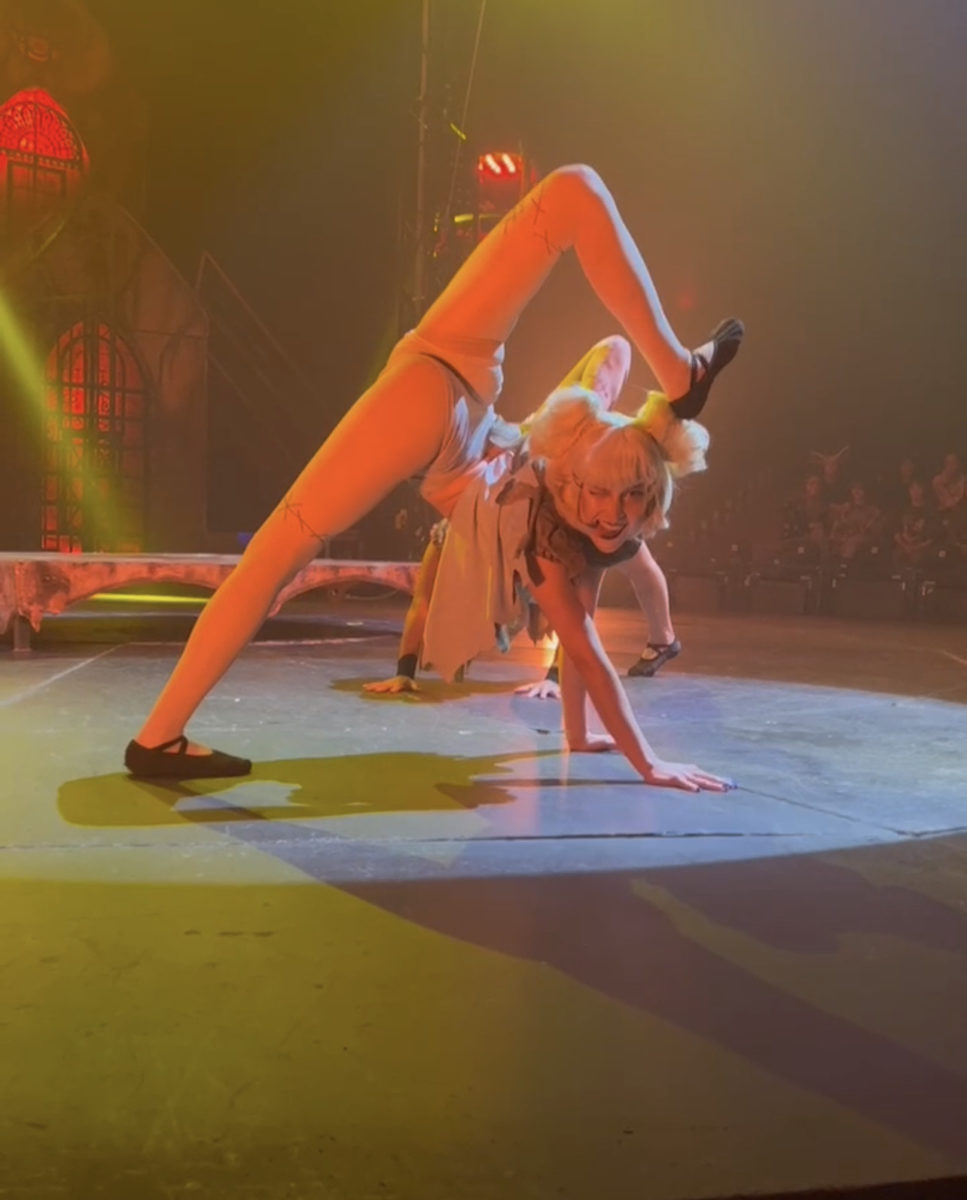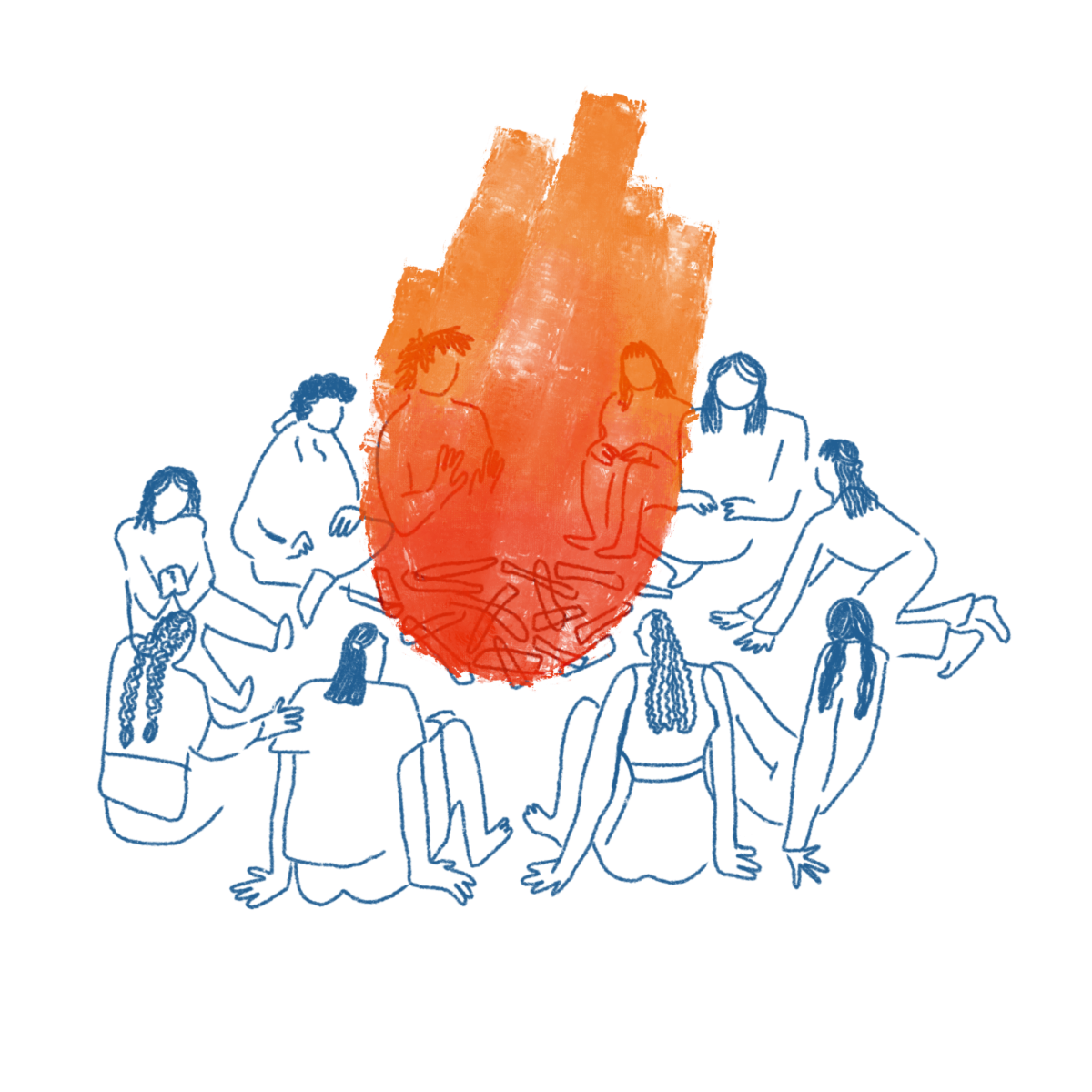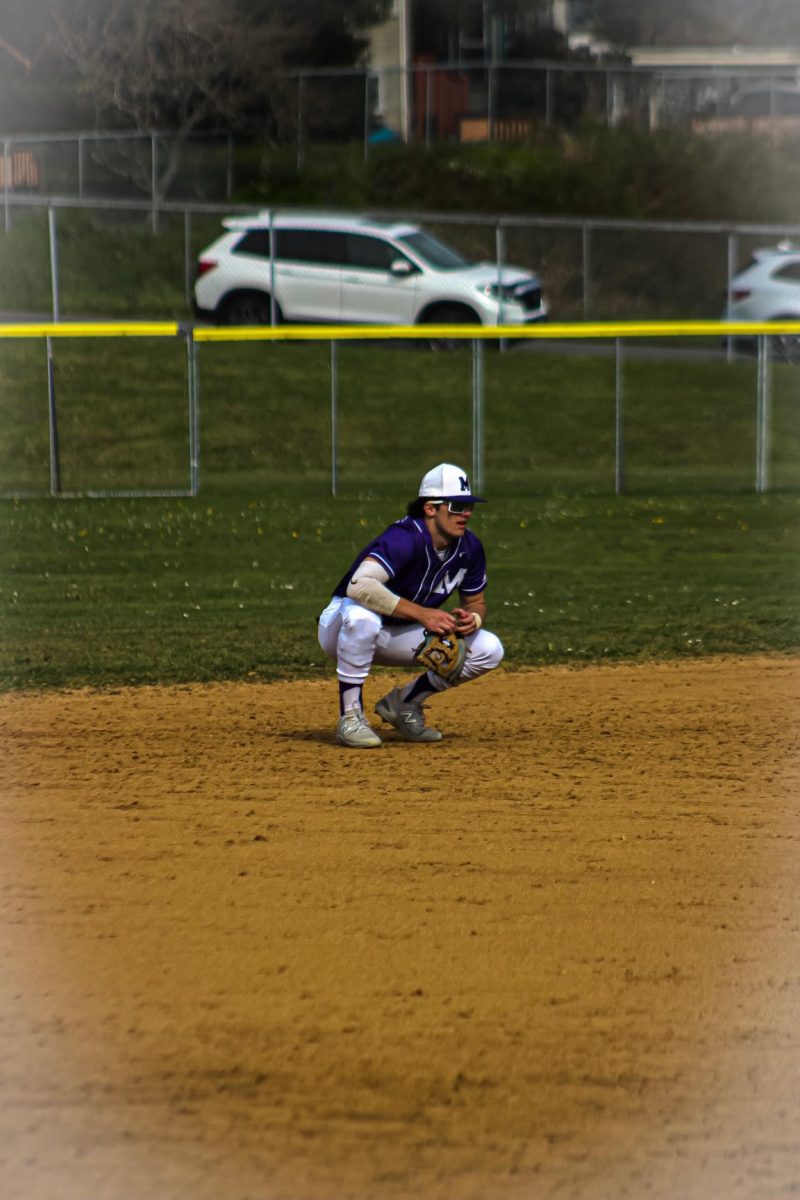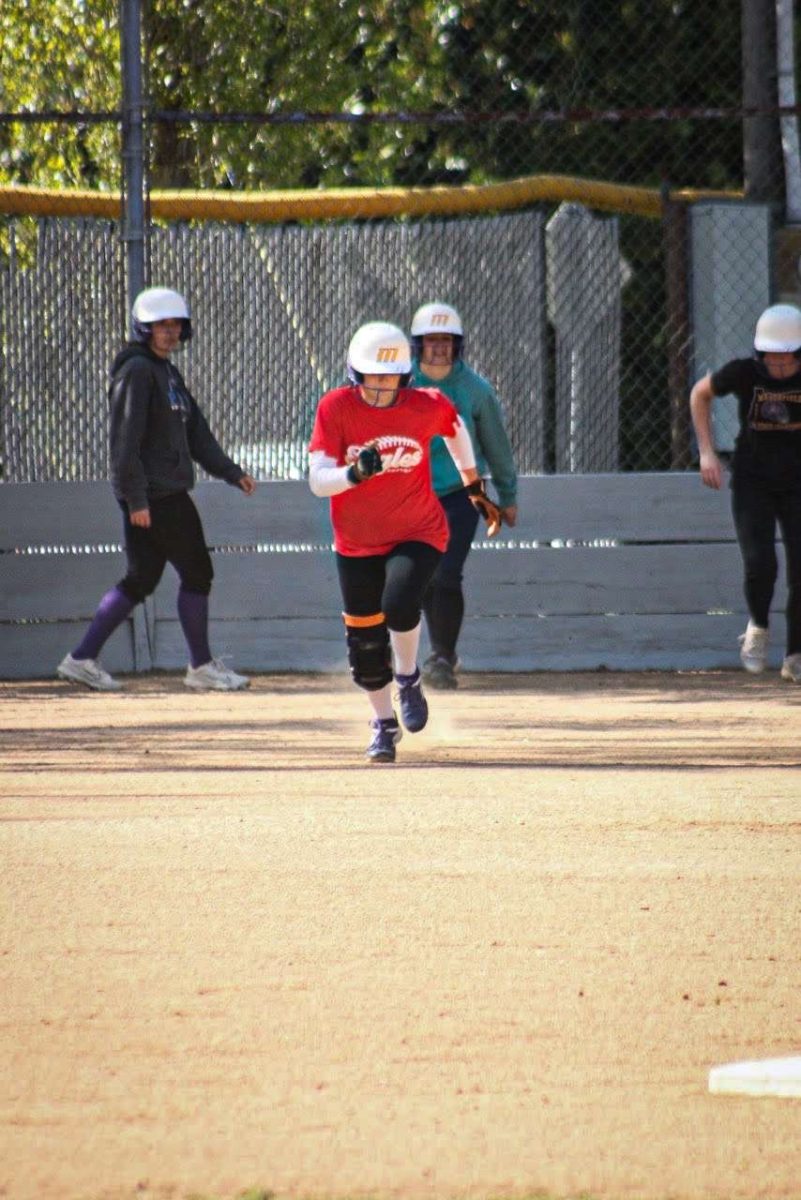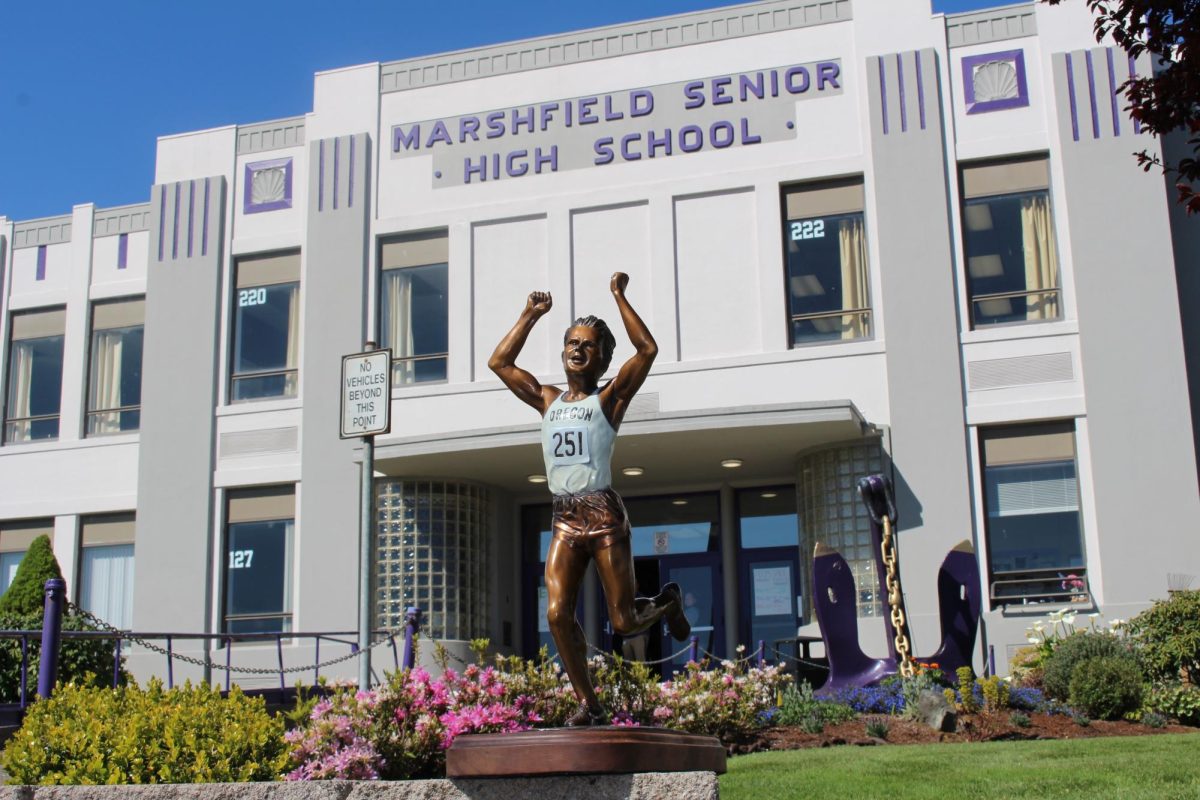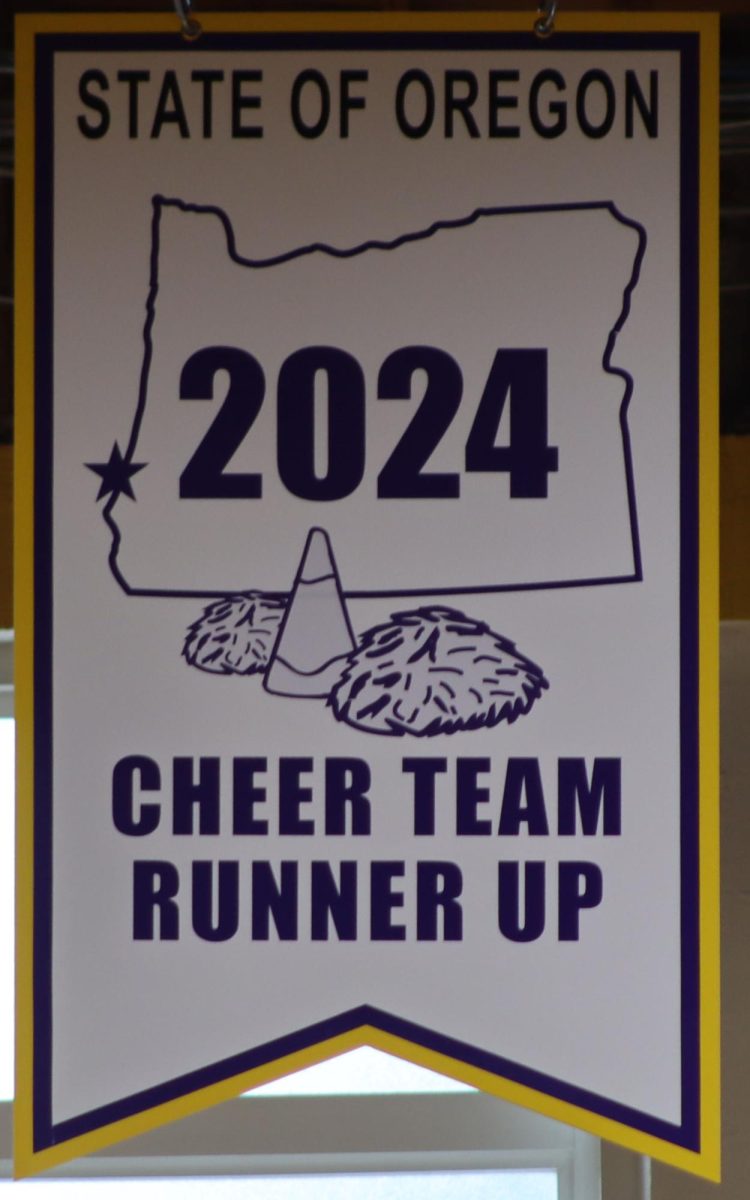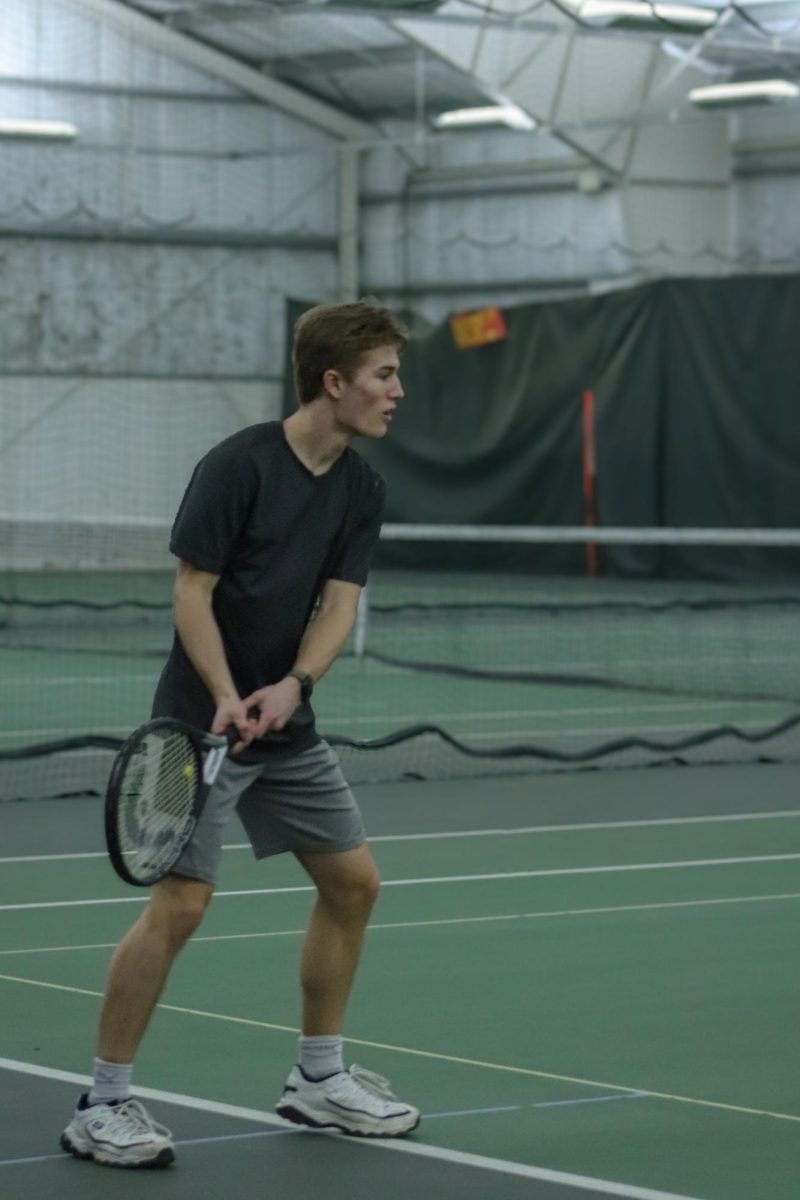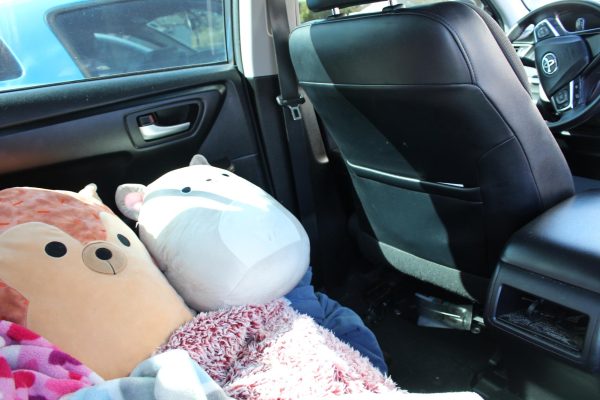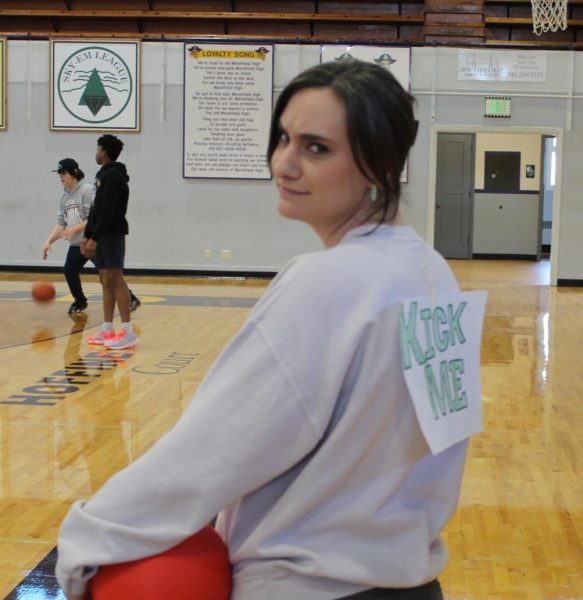Where’s your spirit?
Growing up, a lot of Generation Z kids watched things like “High School Musical,” “Harry Potter,” “Superbad,” or the Twilight series. The defining feature of all these was the romanization of high school, of which many took seriously. In examining the plethora of teenage media, one would be quick to figure that amazingly strong school spirit is what made high school seem so exciting.
Marshfield High School students hear all about spirit from past students–tales of incredible assemblies, organized events, and the programs that aided them. But today, many of those stories seem like nothing more than myths.
“We used to go on a lot more trips,” said leadership teacher Ashley Caballero. “Like rooter buses, state government camp, dance camp, field trips. There was a wide variety of different events that we went together as a group.”
A large part of the blame can be attributed to the pandemic; traditions that were previously passed down for generations got cut off when a three-week break bled into the next two years. This effectively killed off long-lived traditions.
“People aren’t as connected with one another and that’s simply based off the fact that we’ve lost a few years of connection,” Caballero said.
At recent MHS assemblies, participation has been lackluster and a general buzzkill. Though, all hope is not lost. The Associated Student Body, or ASB, and many clubs are working to revive the seemingly mythic school spirit.
“I think overall that in the last couple years our culture has been very negative,” said student body teacher Jennifer Bunnell. “But, I think that Mr.Ashton and Mr.Mccord do an awesome job and they’re very positive; Going forward we’ll have the support we need to bring everything back.”
School spirit builds a sense of community, which in turn leads to feelings of belonging, personal responsibility, and a desire to take action in the community and their life. It can act as an incentive for commitment to education and a deterrent from misbehavior. Student participation can also bring money to the school. A big turnout at a game means more ticket and concession sales as well as other fundraising activities.
Instead of standing and participating, students sit during the fight song, stay on their phones during the games, and sneak out. Even at home games, participation is low as we struggle to meet student section goals. Many don’t participate in the spirit theme.
“It’s definitely declined in the last several years,” said Bunnell. “And it starts from the top. It starts with the staff being involved and getting excited; communicating with the kids what’s going on.”
Many students yearn for the high school experience of yesteryear, but after a year of staying away from crowds, it’s difficult to enact immediate change. An increase in school spirit will take more personal participation and getting out of the comfort zone. For ASB, a lot of time, money, effort and care goes into everything they do.
“Before, we had upperclassmen who experienced high school before COVID-19,” said Caballero. “I think in the coming years we’ll see it get better [school spirit]; I definitely think it’s trending upward, but I don’t think its something that’ll happen overnight because there’s so many factors that go into it.”
Your donation will support the student journalists of Marshfield High School. Your contribution will allow us to purchase equipment and cover our annual website hosting costs.

Senior Siena Beckett is a third-year member of The Marshfield Times and Managing Editor. This is currently her second year being the Publicist for ASB....




